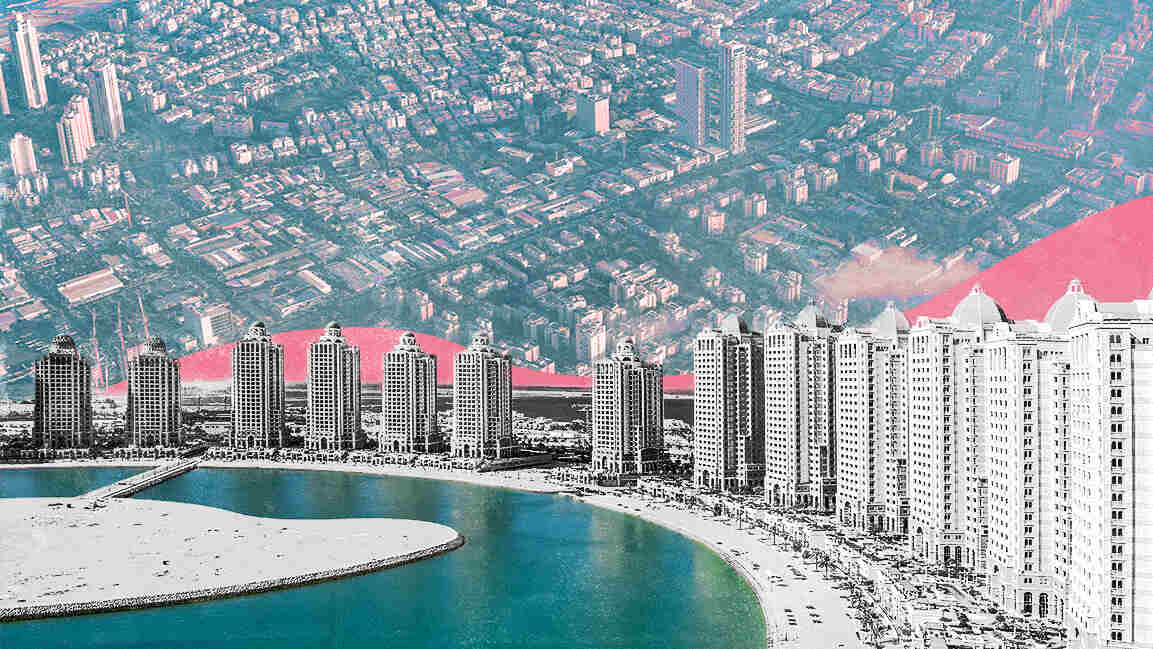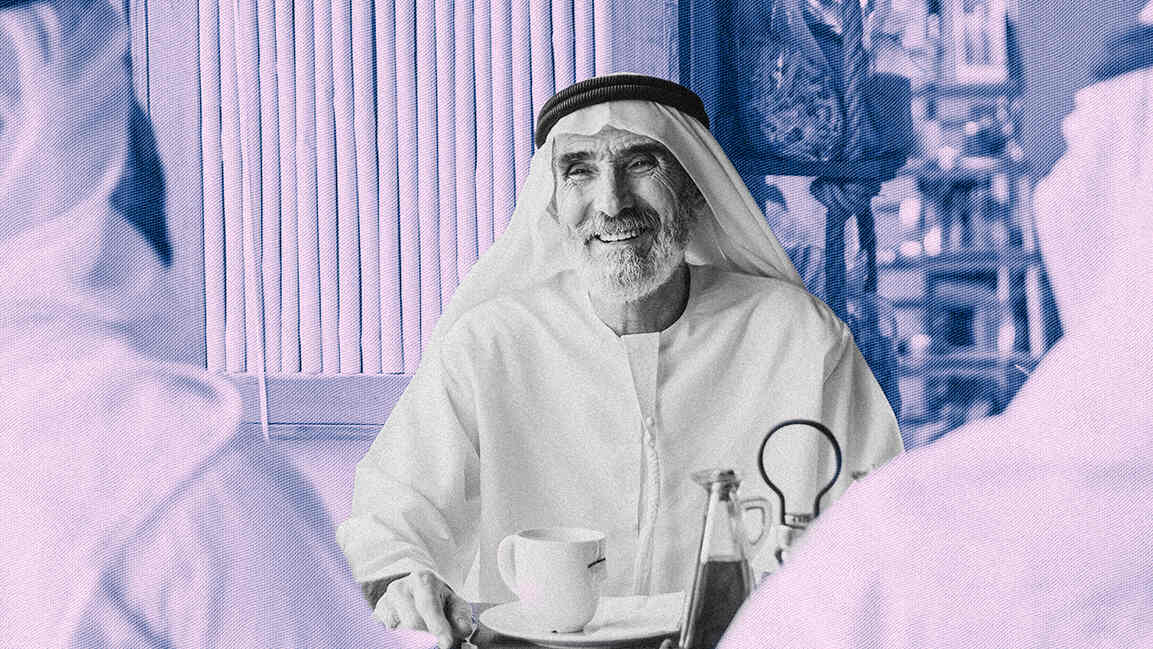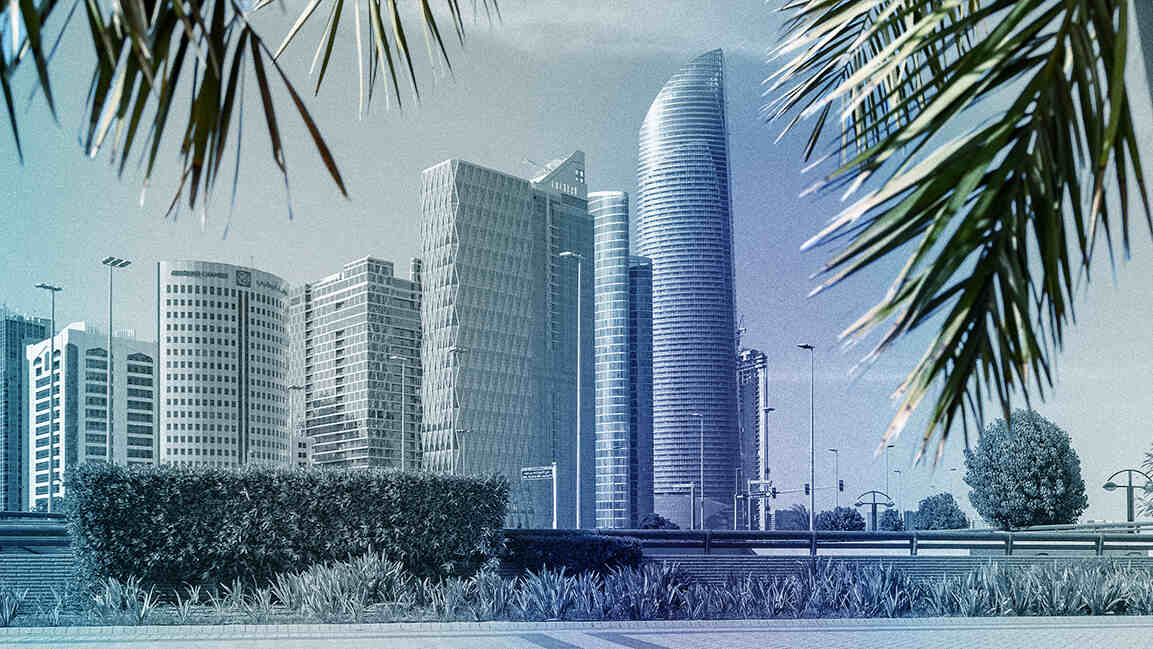- | 1:00 pm
GCC real estate soars with transactions exceeding $383 billion in 2024
Rapid population growth and a rising influx of expatriates are driving the real estate sector's rapid expansion.

The Gulf Cooperation Council’s (GCC) real estate sector saw a remarkable surge in 2024, with total transactions surpassing $383 billion—a 25% annual increase. This growth highlights the region’s rising appeal to both residents and investors, according to a new report by Sakan.
“The GCC real estate market stands at an exciting crossroads, with unprecedented growth opportunities shaping the future of our region,” stated Abdulla Al-Saleh, CEO of Sakan. “As we enter 2025, the industry continues to benefit from a combination of robust government initiatives, increased international interest, and a renewed focus on innovation.”
Population growth is a key driver of the real estate boom. The GCC’s urban population is expected to rise by 30% between 2020 and 2030, with the UNDP forecasting that 84.3% of the region’s population will live in urban areas by the end of the decade.
The influx of expatriates, who make up 52% of the GCC population, is also fueling housing demand. More expats are transitioning from renting to property ownership, driven by investment opportunities and business growth. In response, Dubai released 457 freehold plots in January to accommodate this shift.
While apartment prices in the UAE and Qatar remain the highest in the region, Riyadh saw an 8% increase in 2024, driven by demand in North Riyadh. In contrast, Bahrain, Oman, and Saudi Arabia continue to offer some of the most affordable villas in the GCC.































